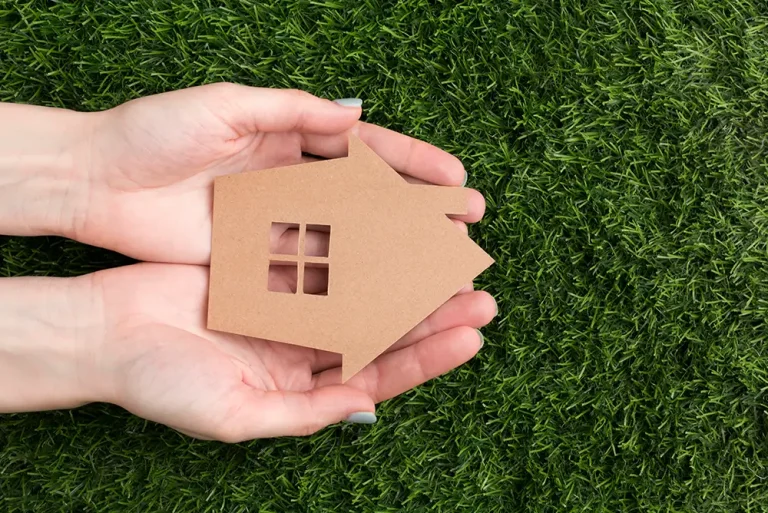How Does a Construction Loan Work? Your Guide to Financing Your Dream Home
If you’re dreaming of building your home from scratch instead of purchasing an established property, a construction loan could be the ideal solution for you. Unlike a typical home loan, a construction loan covers the costs of construction as they happen, at specific stages throughout the building process. Let’s break down how these loans work and what you need to know.
What is a Construction Loan?
A construction loan is quite different from a standard home loan. Instead of borrowing a lump sum upfront, a construction loan provides funds in stages as your new home is built. These loans usually start with interest-only repayments during the building phase, which keeps your payments lower while the construction is ongoing. Once your home is completed, the loan usually reverts to a standard mortgage with both principal and interest repayments.
How Does a Construction Loan Work?
Once approved, your lender will make payments directly to your builder at each stage of the construction process. The builder outlines the total cost to construct your home and divides these costs into specific segments or stages. Here are the typical stages involved:
- Deposit: Pay the builder to begin construction.
- Slab Down or Base Stage: Lays the foundation of your property, which includes leveling the ground, and completing plumbing and waterproofing.
- Frame Stage: Building the skeleton of your home, including partial brickwork, roofing, trusses, and windows.
- Lockup Stage: Installation of external walls, windows, and doors to “lock up” the house.
- Fitout or Fixing Stage: Internal fittings and fixtures, such as plasterboards, cupboards, benches, plumbing, electricity, and gutters.
- Completion Stage: Final touches and conclusion of contracted work, including overall cleaning, electricity, plumbing, and any additional items agreed upon.
This payment method is known as “progressive drawdown” or “progress payments.” However, you still need to provide a deposit upfront, which usually means saving or accessing equity.
Before releasing each payment, the lender will send a valuer to check that the construction work for that stage has been completed as expected. This ensures that the builder is paid only for the work done, not for work that is yet to be completed.
Interest Payments During Construction
Interest on a construction loan is charged only on the funds that have been drawn down. For example, if the first stage costs $50,000, you’ll only be charged interest on that $50,000. When the next $50,000 is needed for the subsequent stage, your repayment will now be based on $100,000, and so on.
Can You Use a Construction Loan for Renovations?
Yes! A construction loan can also be used for significant structural renovations, such as extending the house or adding a deck. However, it’s not typically used for smaller cosmetic renovations, like updating kitchens or bathrooms.
Why Choose a Construction Loan?
If you’re building a house from scratch or planning a major renovation, a construction loan might be more suitable than a standard home loan, which is usually harder to secure for these purposes.
Risks of Construction Loans
While construction loans offer flexibility, they also come with certain risks:
- Higher Costs: Construction loans often come with higher interest rates and fees compared to standard home loans, due to the uncertainty involved in valuing a property that isn’t built yet.
- Completion Risks: There’s always the risk that construction may not be completed on time or within budget. You’ll also need extra funds for finishing touches and potentially rent if you need to live elsewhere during construction.
- Complexity: The application process for a construction loan involves more paperwork and approvals compared to a standard home loan.
Can You Use Equity to Secure a Construction Loan?
If you have equity in an existing property, you can use it to fund your construction loan. Equity is a valuable tool, and as long as you meet the loan’s deposit requirements (often at least 20%), you could qualify for a construction loan.
You may also use the equity in a vacant piece of land to help fund your construction loan. However, it depends on the lender’s policy, and you might be required to build within a set time frame.
How to Apply for a Construction Loan
Applying for a construction loan is different from a standard home loan. Besides the usual documents, you’ll need:
- Council plans and permits
- Professional building plans
- Proof of land purchase
- Contract with a licensed builder
- Builder’s insurance
If there are additional works (like a swimming pool or sheds), you’ll need to provide quotes for those too.
Qualifying for a Construction Loan
To qualify, a lender may require a site valuation to assess the value of your to-be-completed home. You will also need:
- A good savings history
- A strong credit rating
- Proof you meet the deposit requirements
- Evidence you can repay the loan over time (payslips, bank balances, etc.)
Keep in mind that your building contract needs to be final, with all costs, stages, and payment schedules outlined. Even small changes may prompt the lender to reassess your application.
Ready to Build Your Dream Home?
A construction loan can be a great way to finance your dream home, provided you understand the risks and requirements. Make sure to do thorough research, talk to your lender, and get the right advice to make the building process as smooth as possible.
Ready to explore your options? Reach out to us today, and let’s get you started on your journey to building your perfect home!







